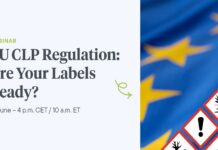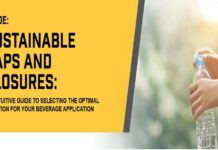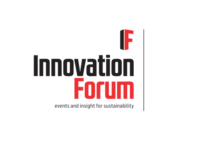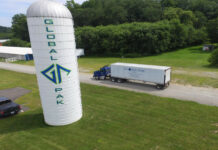Consumer packaged goods (CPG) companies face the challenge of considering cost, performance, market appeal, and machinability. With the increasing focus on sustainable packaging, brand owners now have to navigate the interplay between packaging circularity, price, safety, distribution needs, material availability, and environmental impact. Achieving this balance requires open discussions among stakeholders regarding packaging design, material selection, and disposal options.
Based on recent insights, trends in packaging design and materials and their implications on legislation and recovery systems for consumer-packaged goods (CPG) companies over the next decade have been identified. This analysis aims to foster an industry dialogue that bridges the gap between design needs and recovery requirements, sparking conversations, presenting forecasts, and recognizing the role of stakeholders in advancing a circular packaging system.
Forecasts show high demand for plastic packaging, especially flexible pouches, recycled-content packaging (paper and plastic), and compostable packaging. These formats face common challenges: lack of end-of-life recovery infrastructure, and the need for effective legislation and investment. Plastics, including flexible film, will experience growth across categories, with a 4-6% CAGR for the film (slightly higher than the overall 3-4% CAGR for plastics). Plastic films offer operational benefits, like more protection with less material, reduced carbon emissions, and cost and time efficiency. Consumers appreciate their lightweight nature, space-saving design, and easy-opening features.
Only 1.9% of the U.S. population has access to flexible film recycling, despite its increasing usage. Consumer participation in retail drop-off programs for film recycling is low. Expanding recycling infrastructure is necessary to establish a circular economy for flexible films. This expansion should improve collection, sorting, and end-of-life reprocessing, potentially through the widespread use of chemical recycling. Chemical recycling reverts materials to their original monomers and can enhance the reuse of flexible films by increasing collection rates, reducing sorting requirements, and improving recycled resin quality. This would simplify the regulatory acceptance of recycled resins for food-contact applications.
Compostable packaging has a projected CAGR of 15-16% in the next decade but lacks infrastructure. Only 27% of the US population has access to curbside composting, with only 11% accepting packaging. To unlock its circular potential, the US must invest in composting collection and facilities that accept food scraps and packaging. Closed systems like stadiums and cafeterias can be implemented first.
Another popular approach to achieving circularity in packaging is through recycled-content packaging. Guidelines help select recyclable combinations, but there’s a disconnect between demand and limited supply. Simplified collection, better sorting, and increased reprocessing capacity can address this. Chemical recycling may boost capacity and recycled resin quality.
Achieving a circular economy requires improving infrastructure for waste collection, sorting, and reprocessing. Policy changes are needed to support these improvements.
-
- Extended producer responsibility (EPR) programs shift the responsibility of managing end-of-life products from taxpayers and the government to producers. Four states (California, Maine, Colorado, and Oregon) have enacted EPR requirements, but a national law would simplify compliance. EPR programs should focus on improving the quality and quantity of recycled materials.
- Universal access to recycling and composting services: Ensuring convenient and consistent access to recycling and composting services for all households would significantly increase waste collection.
- Standardized definitions for terms like recycling and composting are necessary to ensure consistent communication.
- Material bans should be replaced with discussions about collection, sorting, and reprocessing to allow brand owners to choose the best packaging options.
- Federal investments in research and data collection are needed to drive efficiency in packaging design and waste management.
- Consistency in data collection is crucial for measuring and evaluating the performance of a circular packaging economy.
- Reusables have the potential for circularity but require infrastructure development and investment. Successful reusable packaging programs depend on redesigning distribution systems and establishing convenient drop-off or pick-up collection points. Reverse logistics systems, safe collection points, and washing and refilling facilities are essential for successful reusable packaging programs. Collaboration and incentives for innovation are necessary to address the challenges and opportunities of reusables.
To achieve a circular economy, it is essential to invest in recycling and composting infrastructure while aligning packaging design with the challenges and opportunities faced by all members of the packaging value chain.
























